The Mosque of Amir Altinbugha al-Maridani, dating from 1340 CE, is a mosque from the era of the Mamluk Sultanate of Cairo, Egypt. Located south of Bab Zuweila, in the Darb al-Ahmar neighbourhood, it was built on what was then the outskirts of medieval Cairo by Amir Altinbugha al-Maridani, with significant help from Sultan al-Nasir Muhammad. The mosque has a hypostyle plan similar to the Mosque of al-Nasir, and its exterior walls are decorated in typical Mamluk architecture style. At the time of its building, it was one of the most extravagantly decorated mosques in Cairo, marked by the first fully octagonal minaret and large dome, as well as other architectural innovations. Its history and luxuriousness are directly correlated to the life and prominence of al-Maridani, as it was built with the patronage of his father-in-law, the sultan, and significant donations from al-Maridani's own fortune.
Al-Maridani first rose to prominence as the cupbearer of Sultan al-Nasir Muhammad. He gained this position at the unusually early age of 16.[1] The sultan continued to favor al-Maridani and gave him his daughter in marriage, thus becoming his father-in-law. He also appointed al-Maridani as the chief of Cairo's police force and made him "amir of a thousand".[2] After al-Nasir Muhammad's death, al-Maridani's career went through a crisis under the brief reign of al-Mansur Abu Bakr but he continued to prosper under the reigns of al-Ashraf Kujuk and al-Salih Isma'il. Ultimately, he died as the governor of Aleppo in 1343.[2]
ConstructionThe site chosen for the mosque is in an area that was originally a cemetery outside Cairo and is now known as al-Darb al-Ahmar. By al-Maridani's time, it had begun to urbanize and people had built houses in the area. In the 14th century, the main street here turned into a ceremonial road between the city of Cairo and the royal Citadel to the south.[3] In 738 AH (1337–1338 CE), al-Maridani purchased the houses on the site of his future mosque at half value and demolished them to make way for construction.[3]
The construction dates of the mosque are recorded in three inscriptions found in the building. An inscription on the west entrance of the mosque dates its foundation to 739 AH (1338–1339 CE), while two inscriptions on the northern entrance and another on the minaret state show that the mosque was completed in the month of Ramadan in 740 AH (1340 CE).[2] Al-Maridani, who was severely ill during this time, was motivated to donate considerable funds for the construction. Al-Nasir Muhammad further favoured his son-in-law by lending him his master builder (al-mu'allim), al-Suyufi, for the project. He also contributed wood and marble for construction.[2] According to 14th-century writer al-Maqrizi, the construction cost around 300,000 dirhams, not counting the donations made by the sultan.[3]
Restorations The mosque in 1905, following restoration by the Comité
The mosque in 1905, following restoration by the ComitéThe mosque was restored by the Comité de Conservation des Monuments de l'Art Arabe in 1895–1903.[4] Since then, however, it suffered from neglect and progressive deterioration. Along with the usual accumulation of dust and grime from the desert environment of Cairo and urban pollution, the mosque suffered from humidity and water damage due to the rising water table and leaking sewage from the surrounding neighborhood.[5][6][7] The prayer hall (or sanctuary) was in particularly bad condition. Cracks appeared in the walls and the marble panel decoration was made particularly vulnerable. Between 2007 and 2010, the wooden insets that make up the ornament of the minbar were looted.[4]
A major restoration and rehabilitation project was begun in 2020 by the Egyptian government in collaboration with the Aga Khan Cultural Services-Egypt (part of the Aga Khan Development Network), and scheduled to last until 2020. It focused on restoring the prayer hall and aimed to integrate the mosque into a tourist route along the Darb al-Ahmar district. The initial estimated cost of the project was E£30 million, financed by the European Union.[5][6][7] The first phase of the project, including restoration of the prayer hall and the eastern parts of the mosque, was completed in June 2021.[8][9]


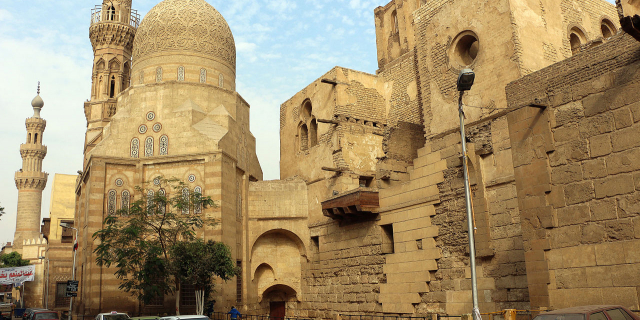



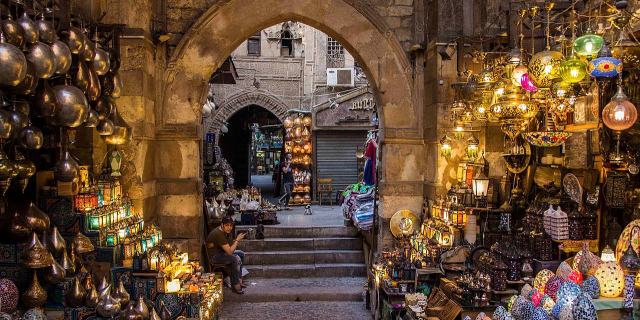

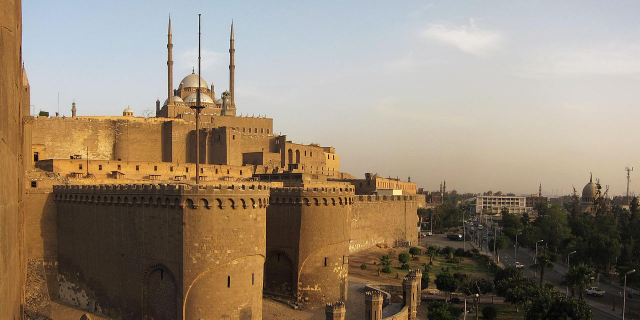



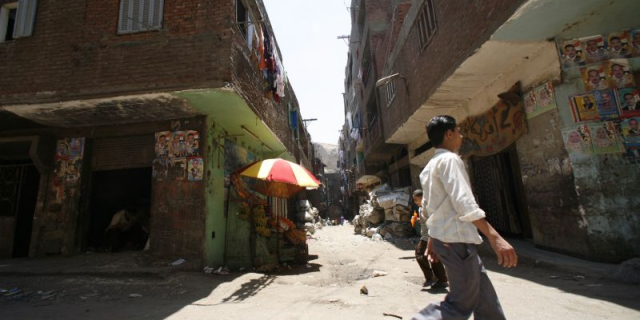







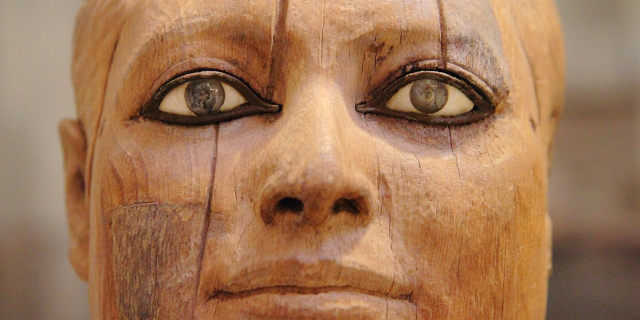

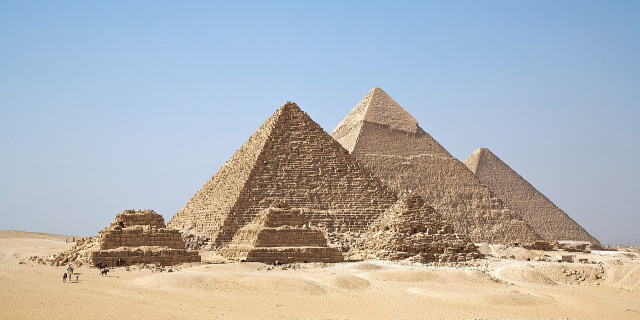
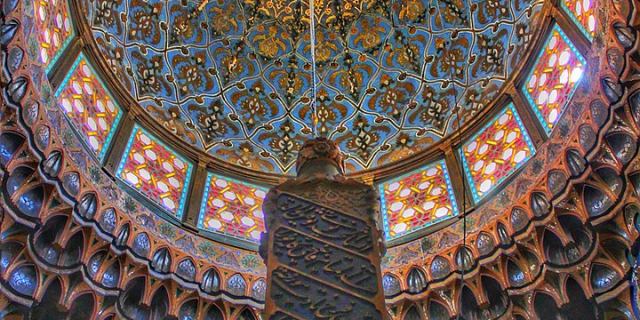
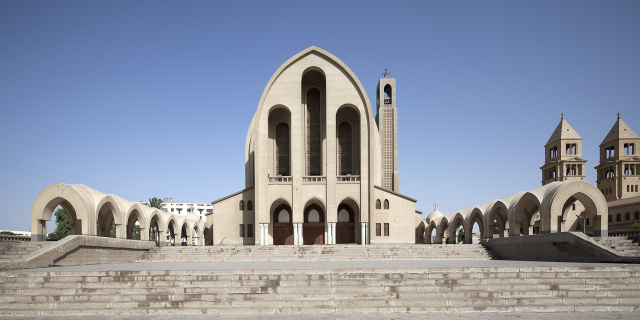




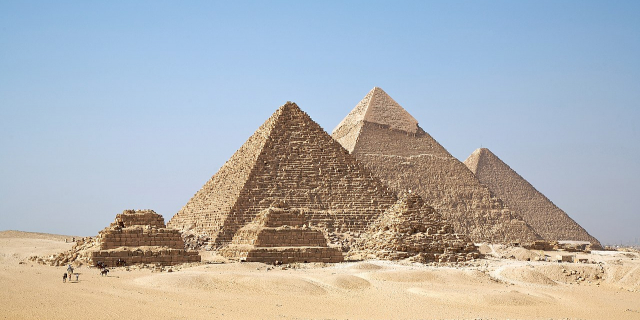
Add new comment